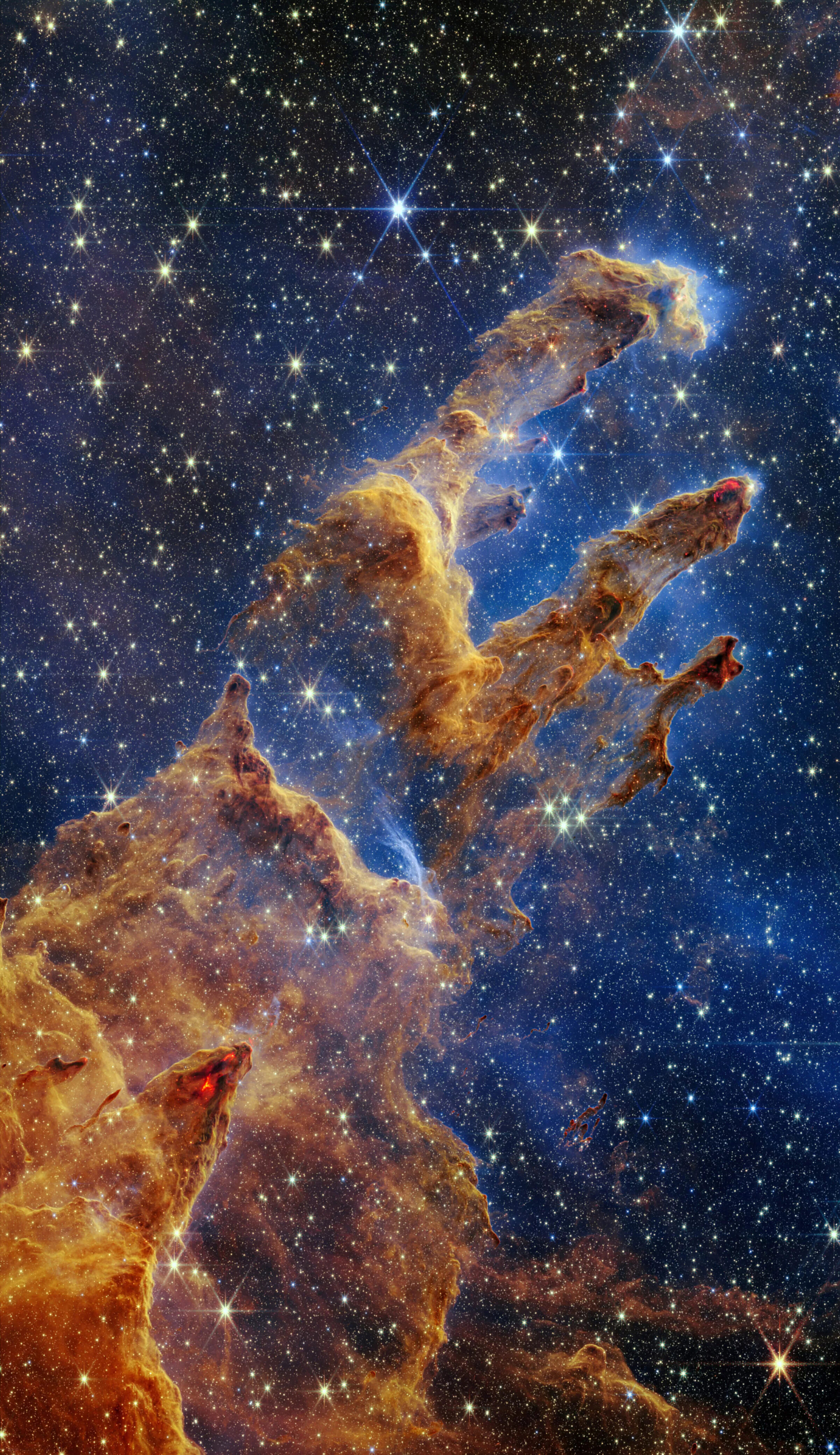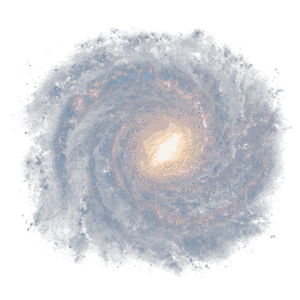The Downlink • Oct 21, 2022
New wonders to behold
Space Snapshot

The Pillars of Creation are among the most iconic structures in the Cosmos. The towering pillars at the heart of the Eagle Nebula 6,500 light-years away are columns of gas and dust in which new stars are forming. NASA’s Hubble Space Telescope took breathtaking images of them in 1995 and again in 2015, opening the eyes of countless people to the beauty of the Cosmos. NASA’s JWST mission has now released its own view of the Pillars of Creation in the near-infrared, peering through the dust to see the processes within. The image you see here is not just beautiful; it will also teach astronomers more about how stars form. Image credit: NASA et al.
If you appreciate images like this, becoming a member of The Planetary Society is a great way to help make sure this kind of exploration continues to happen. Tell a friend about Planetary Society membership, and join today if you aren’t already a member yourself.
You love space, now take action
This weekly newsletter is your toolkit to learn more about space, share information with your friends and family, and take direct action to support exploration. Anyone can subscribe at planetary.org/connect to receive it as a weekly email.
Mission Briefings


China is ramping up its space science activities. The Chinese Academy of Sciences is considering an array of potential new missions covering the fields of space astronomy and astrophysics, exoplanets, heliophysics, planetary science, Earth science, space biology, and fundamental physics. Among the proposed missions are a Ceres orbiter and a gamma ray space telescope that would study the nature of dark matter. Pictured: The dwarf planet Ceres rendered in false color to highlight differences in surface materials. Image credit: NASA et al.

NASA’s TESS exoplanet hunter is experiencing some issues. The Transiting Exoplanet Survey Satellite, a space telescope searching for Earth-sized worlds around nearby stars, went into safe mode after a glitch in its flight computer. The spacecraft is stable, though, and the mission team is working to restore normal operations. TESS has discovered over 250 confirmed exoplanets since it began operations in 2018.
From The Planetary Society


Comets and asteroids are ancient, but we’re making new finds all the time. The University of Arizona in Tucson hosts Spacewatch and the Catalina Sky Survey, two near-Earth asteroid searching projects that are making many of these new discoveries. This week’s Planetary Radio features conversations with leaders of each effort. Pictured: Comet Leonard, which was discovered last year by Catalina Sky Survey astronomer Gregory Leonard. Image credit: Adam Block/Steward Observatory/University of Arizona.

Want to be the first to see what’s new in space? From rocket launch streams to broadcasts from the International Space Station, there are lots of live space feeds that you can watch online to see it all as it happens. We’ve put together a list of the best space live feeds to help you keep up with the latest in space science and exploration.
What's Up

This is a great week for planets in the night skies. Jupiter is up in the east at sundown looking very bright, with yellowish Saturn higher in the sky. Mars rises a little later in the east, getting brighter night after night. The Orionids meteor shower has just peaked, but you can still catch a few meteors in the next couple of nights. Find out what else to look for in this month’s night skies.
Wow of the Week

Planetary Society member and space artist Barbara Fee Sheehan created this oil painting of the Pillars of Creation in 2021, inspired by Hubble imagery. We look forward to all the space artwork that JWST’s new view of the Pillars of Creation will inspire. See more of Barbara’s space artwork. Image credit: Barbara Fee Sheehan.
Send us your artwork!
We love to feature space artwork in the Downlink. If you create any kind of space-related art, we invite you to send it to us by replying to any Downlink email or writing to [email protected]. Please let us know in your email if you’re a Planetary Society member!


 Explore Worlds
Explore Worlds Find Life
Find Life Defend Earth
Defend Earth


